The Biden administration on Wednesday announced new proposed vehicle emissions standards that will push the adoption of zero-emissions vehicles and fight climate change, particularly if we don’t end up with a bunch of MAGA idiots in 2024 to ruin everything. As the Washington Post explains (gift link), the Environmental Protection Agency is proposing
two sets of new rules limiting emissions for all vehicles, ranging from passenger cars to tractor-trailers. The most aggressive of several options the EPA will consider could lead to 67 percent of all new passenger car and light-duty truck sales being electric by 2032, the agency said.
These would be the strictest tailpipe emissions rules ever imposed on the auto industry; the EPA says that if they’re put in place, they’ll prevent the equivalent of two years’ worth of US carbon dioxide emissions by 2055. Not two years of auto emissions — two 2022s’ worth of emissions from all sources, or about 10 billion tons of CO2. Not only is that good for the climate, it would also “reduce other harmful air pollution and lead to fewer premature deaths and serious health effects” like heart and lung illnesses.
The most ambitious of the proposals would require automakers to slash emissions by 2032 across their vehicle lines by “more than half from 2026, the last model year governed under current rules,” the Post reports. To meet those goals, the industry would have to get lots and lots of EVs into showrooms and corporate and government fleets.
Why yes, this is what a “clean energy transition” means. It’s pretty friggin’ cool if you think we should keep the planet habitable for large mammals like gazelles and Pedro Pascal.
EPA Administrator Michael S. Regan said in the agency’s press release,
“By proposing the most ambitious pollution standards ever for cars and trucks, we are delivering on the Biden-Harris Administration’s promise to protect people and the planet, securing critical reductions in dangerous air and climate pollution and ensuring significant economic benefits like lower fuel and maintenance costs for families.”
In a preemptive nuh-uh to likely industry complaints that the emissions cuts are impossibly strict, Regan said that the standards “are readily achievable” due to measures the administration has already rolled out in the infrastructure and climate laws. Those include the up-to $7500 in tax incentives aimed at getting people to buy EVs (and also a first-ever $4000 credit for buying a used EV), and $31 billion in incentives aimed at building up domestic EV and battery manufacturing, as well as the rest of the EV supply chain, including environmentally responsible mining for the minerals needed for batteries. The 2021 infrastructure law provided $7.5 billion to build EV charging stations, and that money is now going to states, too.
As the supply chain kinks caused by the pandemic are starting to ease, EV sales are increasing rapidly, with fully electric vehicles making up seven percent of new cars registered in January, compared to 4.1 percent in January 2022. And now, time for the grumbling, as the Post reports:
Biden officials, supported by major environmental groups, say the industry must move faster still to help avert the worst outcomes of climate change.
Some automakers are already cheerleading the effort. But others that have been slower to move away from conventional, gasoline-burning cars and trucks are expected to be more hesitant.
Gee, that sounds like a bummer for companies that didn’t notice that climate change is a thing, that internal combustion’s days are numbered, and that Europe is well ahead of the US in requiring adoption of cleaner vehicles. The auto industry agreed in 2021 to set voluntary targets of 50 percent electric (or hydrogen fuel-cell) vehicles by 2030, but the new EPA standards will essentially require increasing that to around 60 percent. Given California’s requirement to phase out sales of new gasoline and diesel powered vehicles by 2035, the companies that shift most rapidly to cleaner vehicle fleets will have a market advantage.
Beyond cars and light trucks, the new standards also aim for electrifying about 50 percent of “heavy duty vocational vehicles,” like buses (for transit and schools), dump trucks, garbage trucks, and the like, by 2032. The goal for short-haul tractor rigs is 35 percent, and for long-haul trucks 25 percent.
The Post points out that if the rules go into effect, they’d initially be even more ambitious than the emissions rules in the European Union, although by 2035, Europe’s standards would be tougher again. By golly, we’ll have to show those snooty Europeans we can be even cleaner than them! I hear A lot of ’em don’t even use deodorant!
There’s bound to be pushback, and the internet will definitely be full of idiots making videos of themselves idling cars and trucks with big engines just to own the libs. There will also be tweets that treat relatively minor infrastructure challenges as if they were problems on a par with developing sustainable fusion reactions. A lot of those complaints, though, seem to assume that no one has given any thought at all to solutions, or that no new infrastructure, grid upgrades, or clean energy generation capacity will ever come online.
For instance, it really is difficult to own an EV right now if you live in an apartment or have street-only parking. But it doesn’t require a Manhattan Project to fix that as EVs become more available: Congress and/or states could subsidize charging stations in apartment parking lots, or streetside, or in other convenient locations, and so on. Walmart announced this week that it’s vastly expanding availability of fast EV chargers at its stores, betting that will lure people away from retailers that can’t charge up their EVs during a 20-minute shopping trip.
Yes, all this is going to require a lot of new stuff besides just EVs. We should also be making cities more transit-and-walking-and e-bike friendly so that a lot of people can simply scrap their gasoline car and not replace it. And thankfully, the Biden energy plan includes an emphasis on environmental justice, so poor people and communities of color won’t be left behind. Can we please have a cash for internal combustion clunkers program, Congress?
Hell, those of us with old monsters like my beloved 1973 Chevy, Vlad the Impala, can even hang onto them, since there’s likely to be a thriving market in converting old stinkers to electric drivetrains. Vlad the E-Pala?
So yes, Thanks, Joe.
[EPA / WaPo (gift link) / Axios / On All Cylinders / Image: Smithsonian Open Access]
Yr Wonkette is funded entirely by reader donations. If you can, please give $5 or $10 monthly so we can keep this mommyblog humming along like one of those goofy little BMW i-3s Dok’s been dreaming of.








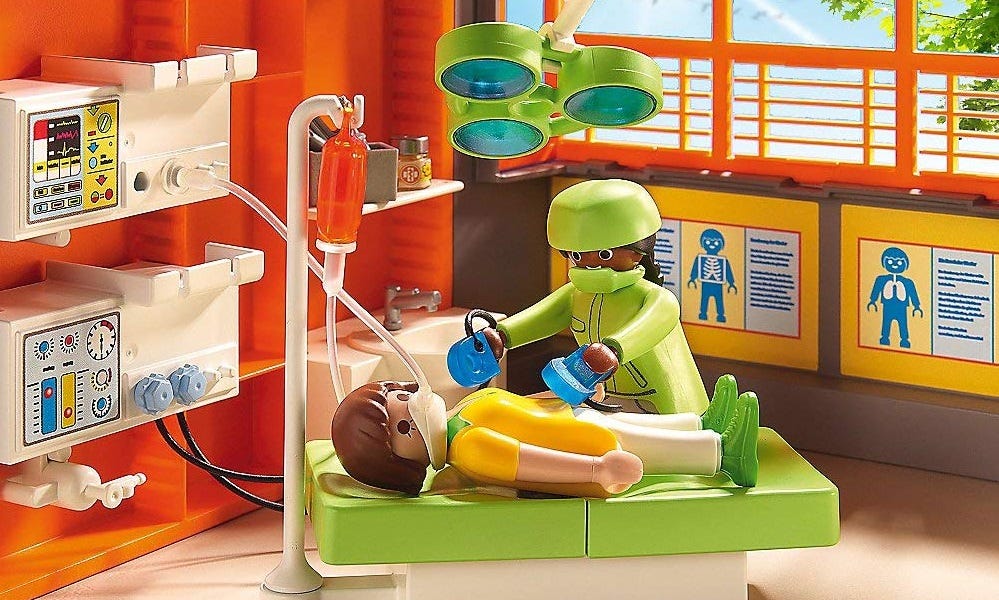

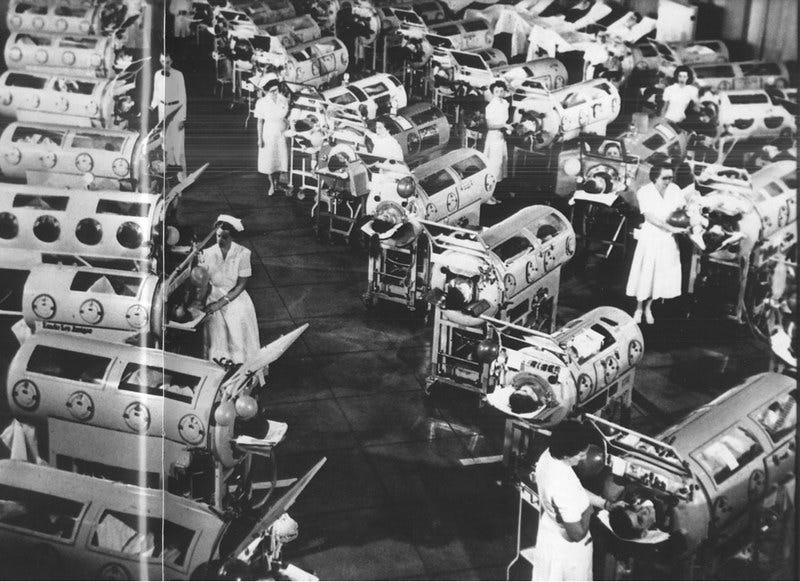
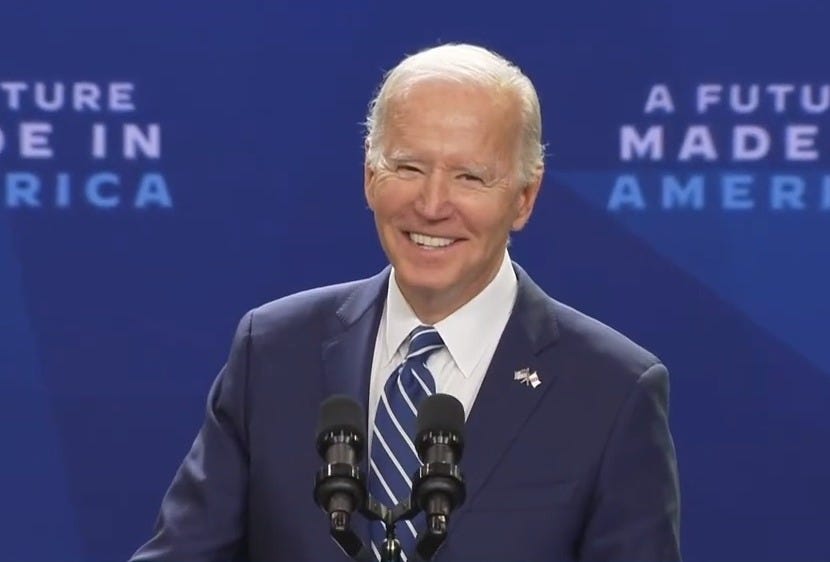
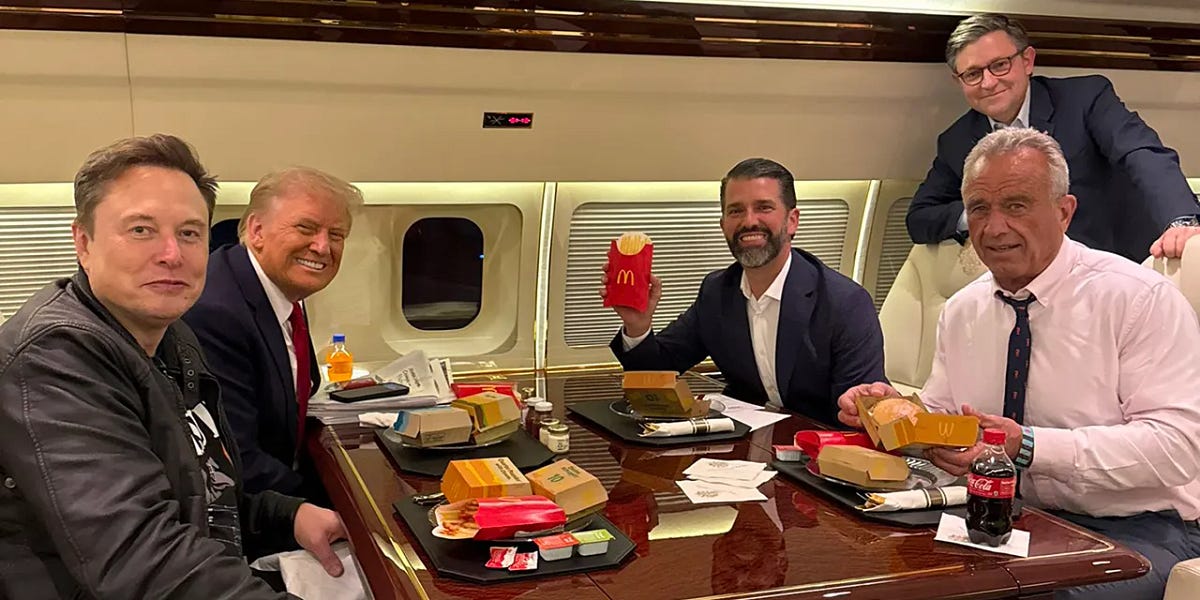










































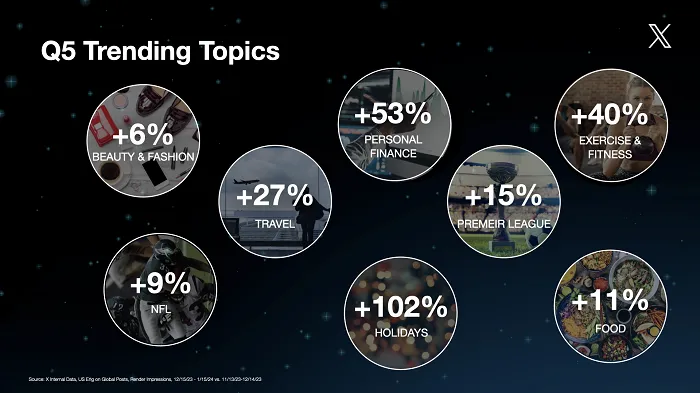



![LinkedIn Provides Tips on How to Promote Live Events [Infographic] LinkedIn Provides Tips on How to Promote Live Events [Infographic]](https://imgproxy.divecdn.com/kA4YczoBIs8NmPBiERWa-OxzvYMz5kwjjZ6wewP8z7c/g:ce/rs:fit:770:435/Z3M6Ly9kaXZlc2l0ZS1zdG9yYWdlL2RpdmVpbWFnZS9saW5rZWRpbl9ldmVudF9hZHNfaW5mb18yLnBuZw==.webp)









